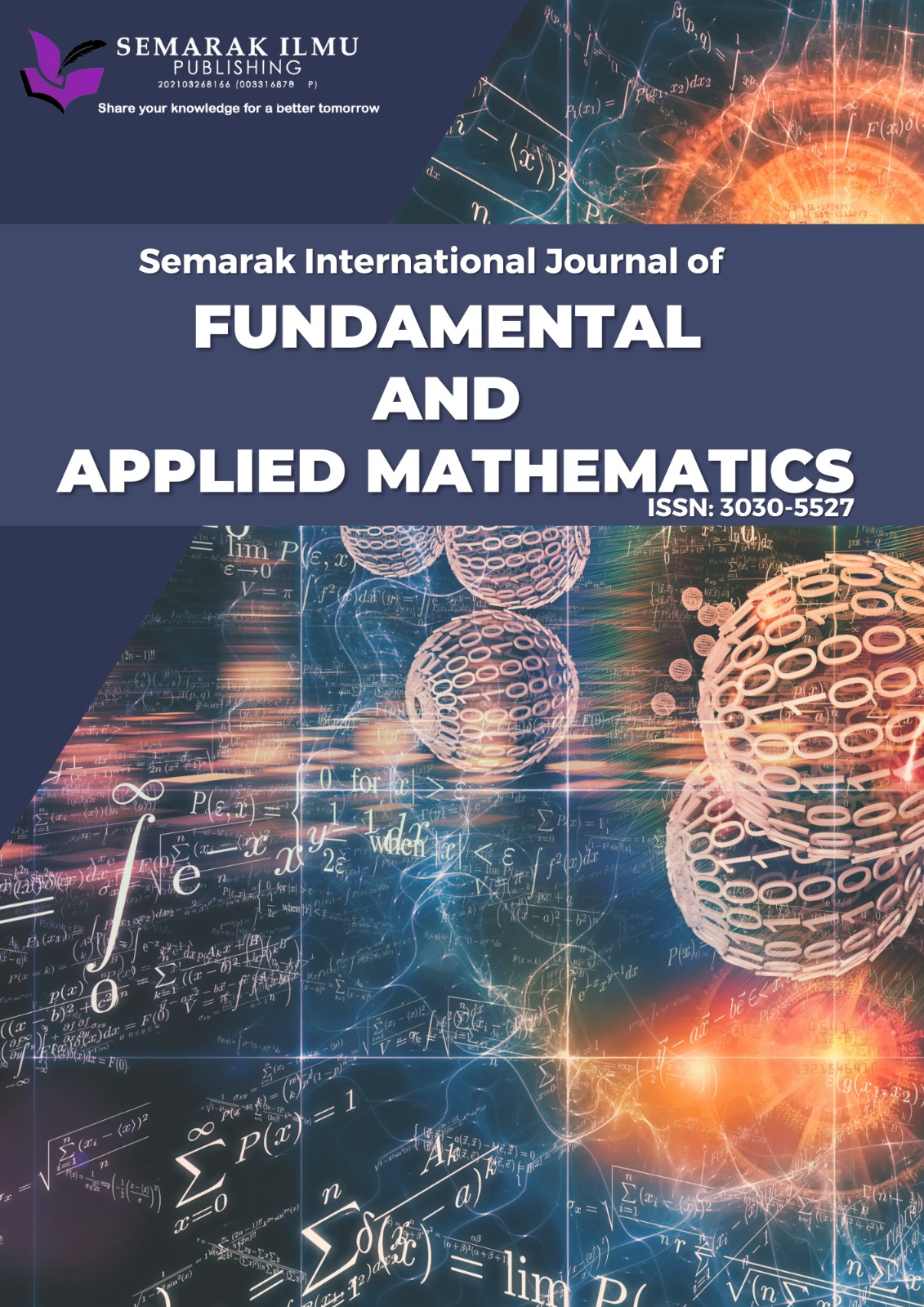Validation of the NERAPH Model for Cannabis Consumption through Sensitivity Analysis
DOI:
https://doi.org/10.37934/sijfam.5.1.4460Keywords:
NERAPH model, validation, invariant region, reproduction number, sensitivity analysis, cannabis consumptionAbstract
Cannabis, an illicit narcotic, poses a significant public health risk in developing nations due to its multiple negative health consequences. The transmission of cannabis use occurs through interaction between users and non-users. This manuscript's introduces a novel aspect in the extending form the Non-User, Experimental Users, Recreational Users, Addicts, and Hospitalised Individuals (NERAH) model for cannabis usage, by integrating a new class of prisoners. This addition is crucial as it enhances the realism of the model, addressing the challenge of accurately representing cannabis use patterns. The real-world problem is mathematically represented using first-order nonlinear ordinary differential equations, resulting in a modified mathematical model for cannabis consumption. The general population is categorized into two major groups: cannabis users and non-users. Cannabis users are further divided into five distinct classes, each representing a specific stage or level of substance use.The invariant region and basic reproduction number are key components of the methodology, used to validate the updated model and determine the initial transmission rate of marijuana use in the general population. Sensitivity analysis was conducted to identify critical factors contributing to cannabis growth. Based on these findings, control strategies were proposed to prevent cannabis usage. Numerical simulations were performed using the fourth-order Runge-Kutta method in MATLAB, effectively demonstrating the revised model's ability to enhance understanding and efficiency. Both the methodological and numerical results support the proposed model, providing valuable insights for cannabis control strategies.
Downloads














